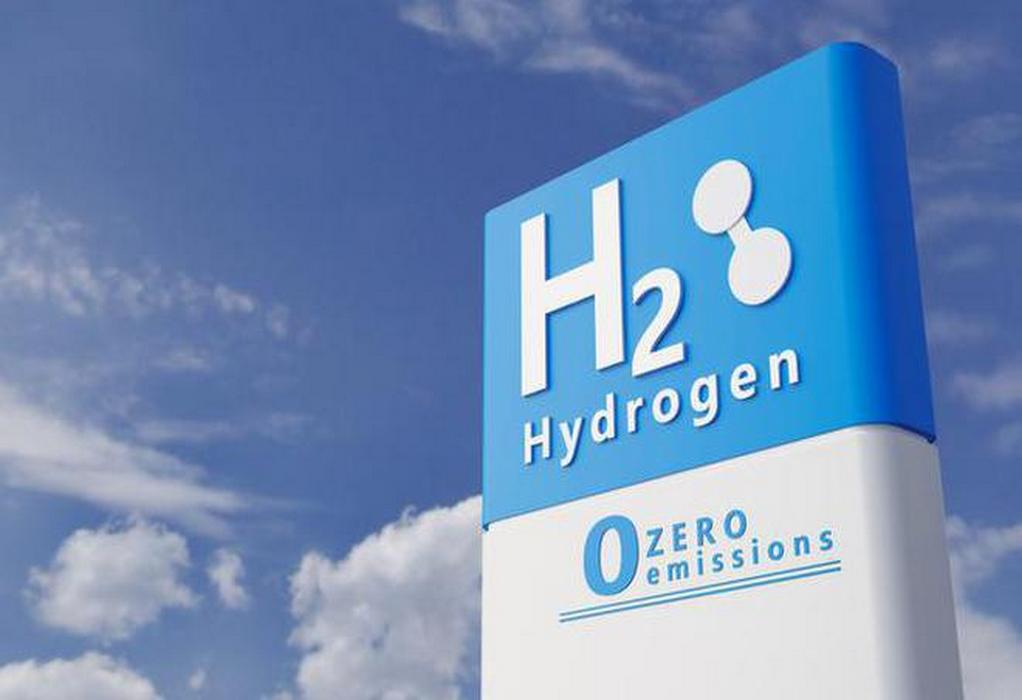The ‘Green Hydrogen’ policy announced by the government on Thursday incentivises producers of this form of power but only partially, say experts.
A notification by the Power Ministry on Thursday says that manufacturers of green hydrogen or ammonia may purchase renewable power from the power exchange or set up renewable energy capacity themselves or through any other developer anywhere. Inter-State transmission charges will be waived for 25 years for such manufacturers and they can also bank unconsumed renewable power, up to 30 days, with distribution company and take it back when required.
Hydrogen or ammonia is produced mostly by steam reformation with natural gas and sometimes by electrolysis, which is splitting water with electricity yielding hydrogen and oxygen. The power to execute both of these methods is sourced from hydrocarbons or natural gas. Green hydrogen results when the electricity is produced from a non-fossil fuel source such as solar or wind energy but this is currently uneconomical and the new policy aims to make this more viable.
The Centre has set itself a target of setting up a 5 million tonnes (mt) green hydrogen production by 2030. Because hydrogen only emits water as a residue when burnt, it is pitched as a potential substitute for fossil fuel and help in India’s transition away from polluting fuel sources.
Grid connectivity
The manufacturers of such hydrogen and the renewable energy plant would also be given connectivity to the grid on priority basis and they would also be allowed to set up bunkers near ports for storing this green ammonia for export / use by shipping. The land for the storage for this purpose shall be provided by the respective port authorities at applicable charges, the policy document notes.
Close to 50-70% of the cost of green hydrogen results from input power costs of renewable energy, a substantial share being from open access charges. “The waiving off of central open access charges is a good first step in enabling lower cost distributed production of green hydrogen. However, States have their own open access charges ranging from 0.27 to 3.8 ₹ per unit (kWh), also depending on whether it is solar or wind. Therefore, a concerted effort is required to remove the disparity in these charges to avoid a distorted green hydrogen market, “ said Hemant Mallya, Senior Programme Lead, Council on Energy, Environment and Water (CEEW).
To make 5 million tonnes of hydrogen a large amount of land, large infrastructure and money would be necessary to meet that target. “The reality is solar alone cannot be a sole green hydrogen producer as there are certain inherent limitations in power balancing calculations. The government needs to create highly motivating new incentives in research and development for green hydrogen,” said Nandan Kundetkar, Chief Science Officer and CEO of Femto Green Hydrogen Limited.
Source: The Hindu
Tags: Ammonia, CEEW, Green Hydrogen, Hydrogen



Recent Posts
Goltens Partners with Orcan Energy to Expand Marine Waste Heat Recovery Solutions
NWSA Launches First Incentive Program for Zero Emission Trucks in Washington
IHI and Vopak Partner on Ammonia Terminal Development in Japan
Chimbusco Pan Nation Completes First B30 Marine Gasoil Delivery in Hong Kong
ITOCHU Announces Newbuilding Order for Ammonia Bunkering Vessel
India Launches Incentive Scheme for Electric Trucks under PM E-DRIVE Initiative
Royal Caribbean Welcomes LNG-Fueled Star of the Seas to Its Fleet
Swire Shipping Launches ‘Voyage to Zero’ to Help Customers Cut Scope 3 Emissions Swire